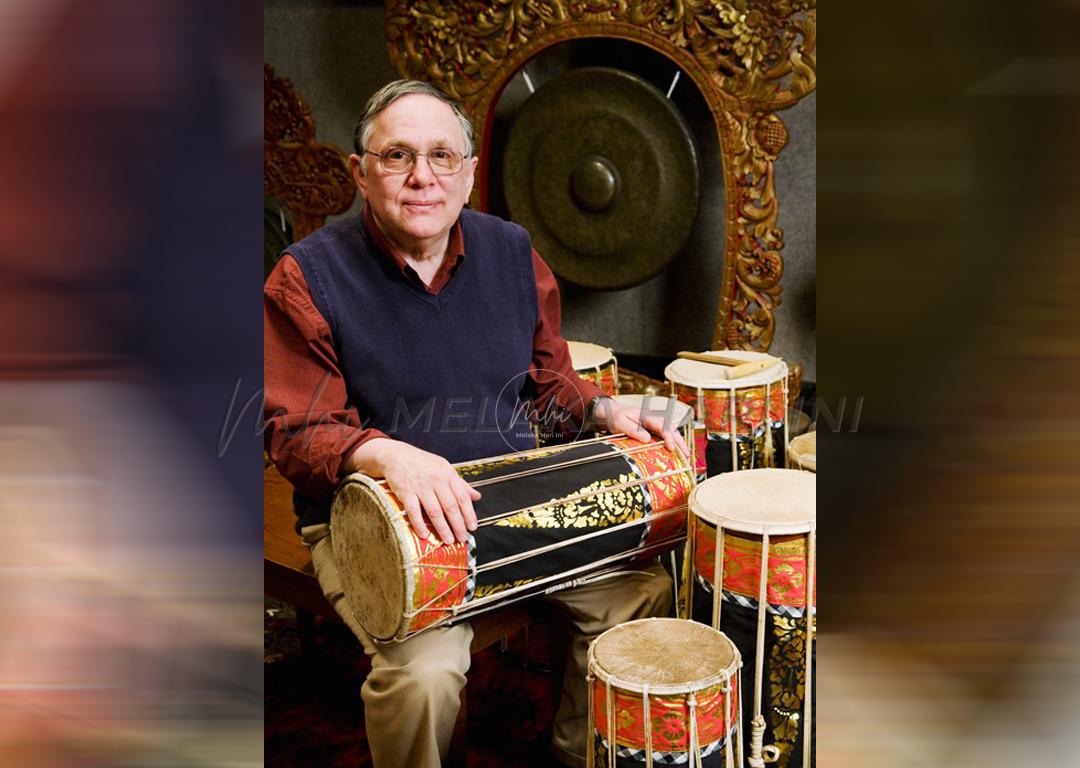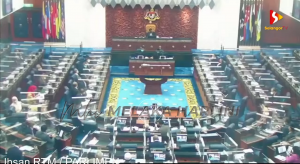
The Sounds of Keroncong: Tuning in to the Illusive Irama
THE sounds of the Keroncong alluded me when I arrived in Surakarta (Solo) on a Sunday morning. It was 2 October 2011. The three-day International Solo Keroncong Festival had ended the day before. There were some 20 groups from Australia, Italy, Hungary, Japan, and Sweden too. Malaysia was also a participant.
Page 12 (the back page) of the Solopos Mingguan, the Sunday edition of Solopos reported with the headline “12 Langgam baru tercipta” (12 new styles composed) from the 26 new compositions registered. The organizer, Ari Mulyono was quoted as saying “…Ini sangat bagus untuk kemajuan keroncong di masa mendatang” (…This augured well for the future advancement of keroncong).
We return to Batavia. Generally thought to be derived from the Portuguese music of the 16th and 17th centuries, the heyday of keroncong were the years 1900 to 1942. It was the most popular music in the Dutch East Indies. And port cities like Tanjong in Pulau Pinang, Singapura, Medan, Semarang and Manila were the sites of irama keroncong.
Keroncong is also kroncong in Indonesia (where the ‘c’ is pronounced as ch in English or tj in Dutch). It was krontjong or kerontjong before the Indonesian spelling reform enactment in 1972. Kronchong, keronchong, and krongchong are earlier variants. This column uses the spelling keroncong.
Philip Yampolsky (2010), a scholar of Indonesian music described keroncong in several distinct senses. The primary referent was a four-or five-stringed plucked lute, shaped like a small guitar. This was in the 19th century, and perhaps in the 18th century too. The name is probably onomatopoeia for the sound of strumming. The lute, like its close cousin the ukulele, is descended form the Portuguese cavaquinho. In his article “Kroncong Revisited: New Evidence from Old Sources” in Archipel, Yampolsky referred it as the “kroncong lute.” In the 20th century, the term continued to designate the lute, and was also extended to refer variously to the ensemble the lute (or its substitute the ukulele) play in (orkes keroncong), the ensemble’s typical repertoire (lagu keroncong).
The keroncong also refers to the complex of repertoire and performance practice. Historically, Yampolsky divided these fairly into three such complexes. The first is what he called popular keroncong in the first four decades of the 20th century; second is the standard keroncong, since about 1950; and third, late keroncong. Examples of late keroncong are pop keroncong and keroncong dangdut; and apparently Beatles keroncong.
We find CDs of Keroncong (mainly aimed at the nostalgia market) with selections identifying the song with keroncong (for keroncong asli), langgam, or pop keroncong. The earliest use of the term ‘kronjong asli’ could be seen on labels issued in about the late 1930s to 1940s and pop keroncong in the 1970s. Probably the best known keroncong asli where most could name are Keroncong Morisko and Keronchong Kemayoran.
Elements of the standard keroncong repertoire would among others be the violin, flute, guitar and voice with the main melody heterophonically. There is considerable fluidity and rhythmic freedom. There is the cak-cuk, the small plucked lutes, where cuk is on the beat and cak is off. And the cello, playing rapid, rhythmically animated pizzicato patterns that contrast both with the steady flow of the cak-cuk, the walking guitar, and with a freer violin, flute and vocal lines.
In many ways, keroncong is a hybrid, a synthesis, a syncretic music, recalled Bronia Kornhauser in her 1978 article “In defence of kroncong.” Keroncong has been said to involve European and Eurasian origins. Yampolsky’s glimpse of keroncong’s past centred on freed slaves. They were the “black Portuguese” – freemen and slaves of Portuguese trading posts in Africa, India and the Malay peninsula. The slaves, some prefer the term mestizos, had assimilated Portuguese language and culture. They were Catholics. Some were Muslims. Hence the Keroncong Morisko (Moors).
When the Dutch drove out their Portuguese rivals in the 17th century, the “Black Portuguese” however, remained in Batavia. In 1619, Batavia became the capital of the Dutch East Indies. Those freed became known as Mardjikers (free persons) derived from the Malay word “Merdeka” and the Tagalog “Maharlika.” Speaking creolized Portuguese, later in early 19th century, they blended into the larger Indonesian society.
According to Yampolsky, one enclave of the Mardjikers largely remained unassimilated. These were the inhabitants of Tugu, a village 24 kilometres to the east of Batavia, founded in 1661. There were 23 Mardjiker families originally from Bengal and the Coromandel. Arguably Tugu can be called the birthplace of the keroncong. But Yampolsky proposed that keroncong and the music of Tugu represent diverse branches growing out of early Mardjiker music but subject to later musical influence as well.
The earliest print reference to keronchong music , or playing the keroncong lute placed it in association with Eurasians, not the inhabitants of Tugu. It was the Eurasians (Indos in Indonesia) and by the 1880s it was Holland, and not Portugal, who took keroncong up and integrated with stambul, where it came to the attention of the first companies recording Indonesian music. The stambul was inspired by the bangsawan having its origins in Tanjong, Pulau Pinang.
Interestingly Terang Boelan (Terang Bulan), the origin of Malaysian’s anthem Negara Ku, was aired in kerocong in Batavia and Bandung in 1938. Terang Boelan was labelled “speciaal krontjong programma dimainkan oleh ‘Lief Java’ dipimpin oleh Hugo Dumas dan dibantoe oleh Miss Rukyah [= Roekiah] dan lain-lain pennanji jang terkenal (Terang Bulan – a special kroncong program played by “Lief Java”, directed by Hugo Dumas,, with Miss Rukyah and other well-known singers.)
Having evolved in style and instruments over more than 400 years, the keroncong genre saw compositions such as “Di Bawah Sinar Bulan Purnama” (Under the light of the full moon) and “Slendang Sutra” (Silk Shawl) as classics. The name Ismail Marzuki (1914-58) was monumental. The all time favourite amongst aficionados is probably Gesang Martohartono’s “Bengawan Solo.” The irama keroncong lives on in the Tanah Air.
Langgani saluran Telegram kami untuk dapatkan berita-berita yang terkini.


